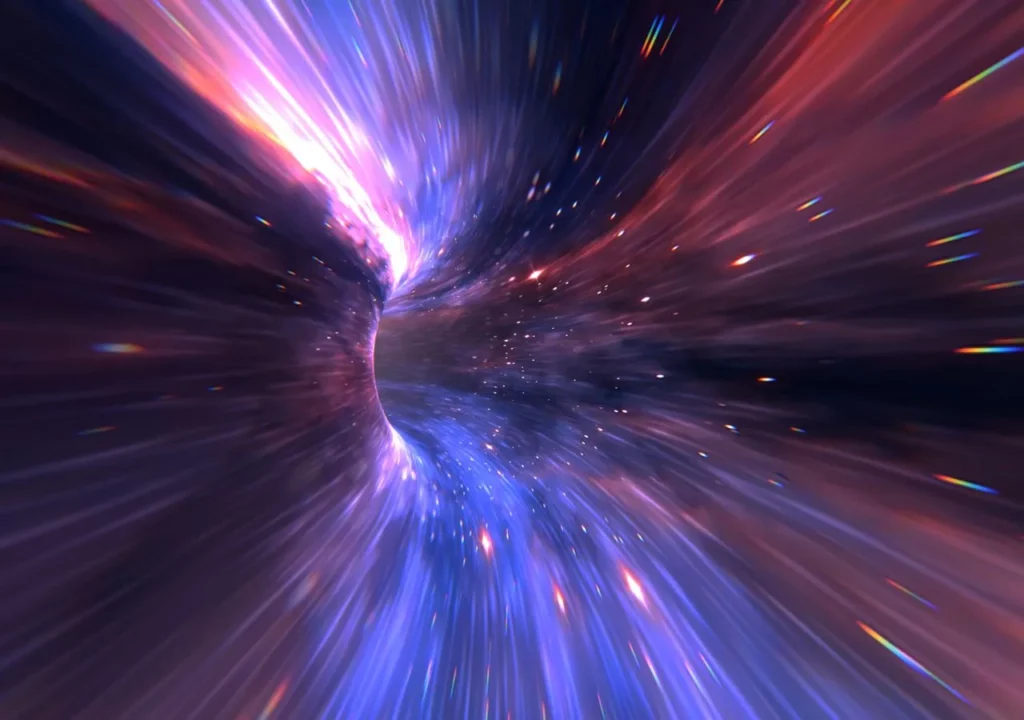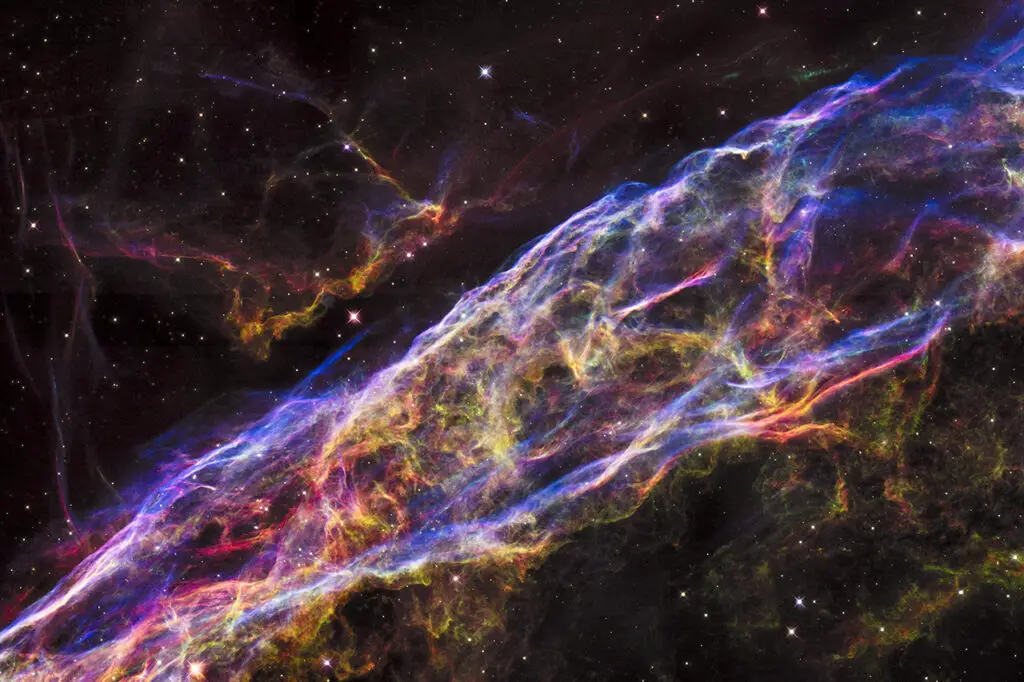In a groundbreaking development, scientists have developed a blueprint for an actual, working wormhole.

This theoretical construct, long a staple of science fiction, could revolutionize our understanding of the universe and pave the way for faster-than-light travel.
In this article, we will explore the details of this fascinating discovery, its implications for the future of space exploration, and the challenges that must be overcome to turn this theoretical marvel into a practical reality.
Watch it as a video instead:
Table of Contents
The Science Behind Wormholes
A wormhole, also known as an Einstein-Rosen bridge, is a hypothetical tunnel-like structure connecting two distant points in spacetime. The concept was first proposed by Albert Einstein and Nathan Rosen in 1935 as a solution to the equations of general relativity. Wormholes have since captured the imagination of scientists and sci-fi enthusiasts alike, with their potential to enable instantaneous travel across vast distances.
The Blueprint: A Traversable Wormhole
Until recently, wormholes were considered purely theoretical constructs, with no practical means of creation or traversal. However, a team of physicists has now developed a blueprint for a traversable wormhole that could, in theory, be constructed and maintained.

The key to this groundbreaking proposal is the use of exotic matter with negative energy density. This exotic matter helps to counteract the immense gravitational forces that would otherwise cause the wormhole to collapse. By carefully engineering the distribution of this exotic matter, the researchers have shown that it’s theoretically possible to create a stable and traversable wormhole.
Challenges and Limitations
While the blueprint for a traversable wormhole is an exciting development, there are significant challenges and limitations that must be addressed before such a construct can be realized.
First, the exotic matter required to stabilize the wormhole remains purely theoretical, and its existence has yet to be confirmed experimentally. Additionally, the amount of exotic matter required may be prohibitively large, posing a significant challenge for any attempt to create a wormhole.
Second, even if a traversable wormhole could be constructed, it’s unclear how it could be manipulated or controlled to connect specific points in spacetime. This would be essential for using wormholes as a means of travel or communication.
Lastly, there are concerns about the potential dangers associated with traversing a wormhole. As an object passes through the tunnel, it would be subjected to immense tidal forces, which could prove destructive.
Implications for Space Exploration
If these challenges can be overcome, the successful creation of a traversable wormhole could revolutionize space exploration. By enabling instantaneous travel across vast distances, wormholes could open up new frontiers for interstellar exploration and facilitate the search for habitable planets beyond our solar system.
Furthermore, wormholes could provide a means of establishing interstellar communication, allowing for the exchange of information and resources between distant civilizations.
The Future of Wormhole Research
Despite the challenges and limitations, the blueprint for a traversable wormhole represents a significant step forward in our understanding of the universe. Future research will focus on resolving unanswered questions, refining the theoretical framework, and seeking experimental evidence for exotic matter.
As we continue to explore the cosmos and unravel its mysteries, the development of a working wormhole could one day become a reality, forever changing the way we perceive and navigate the universe.
Conclusion
The recent breakthrough in wormhole research is a testament to the power of scientific curiosity and innovation. While there are still many hurdles to overcome, the blueprint for a traversable wormhole offers a tantalizing glimpse into a future where the vast distances of space no longer stand as a barrier to exploration and discovery. The potential implications of this development are immense, and the future of wormhole research promises to be an exciting journey into the unknown.
Reference(s):

